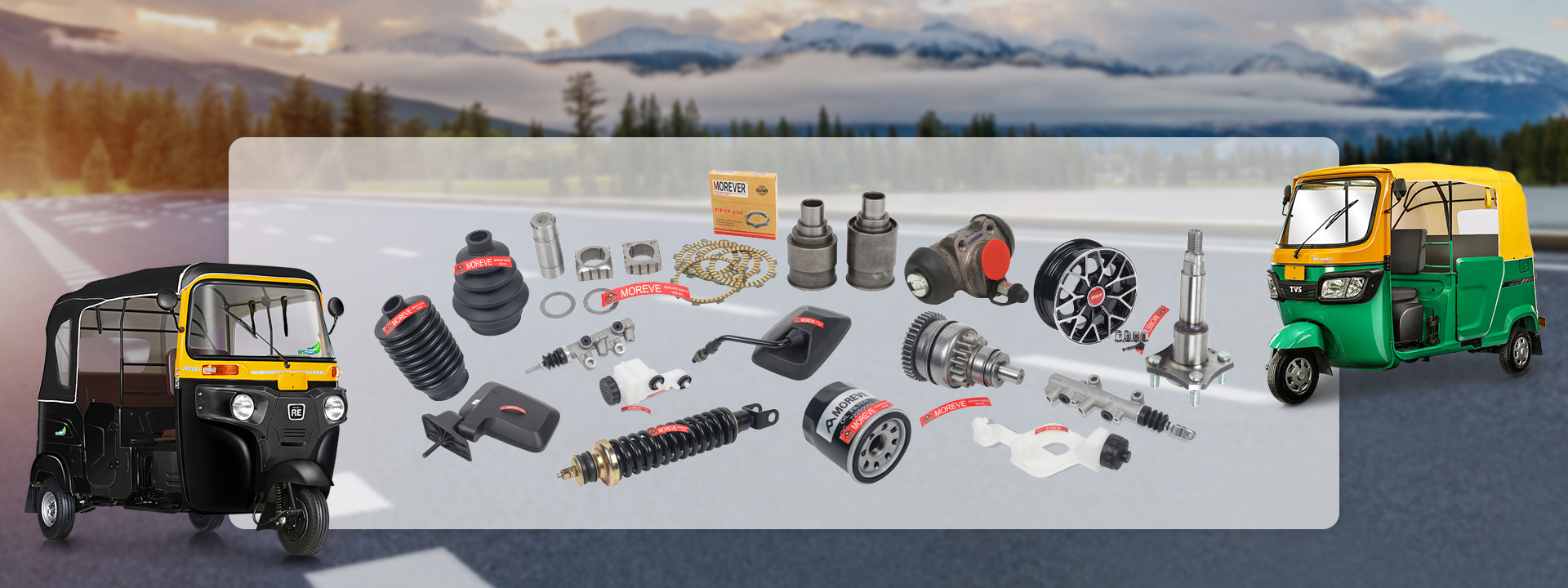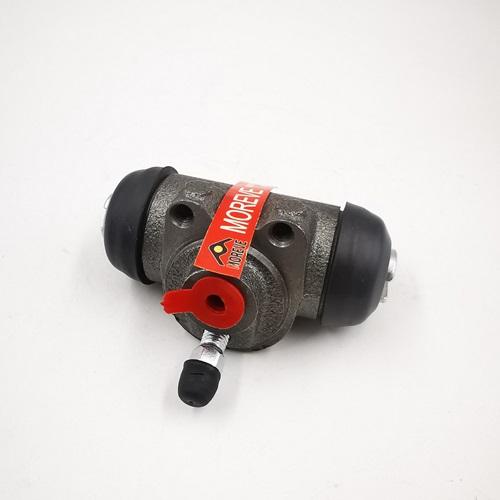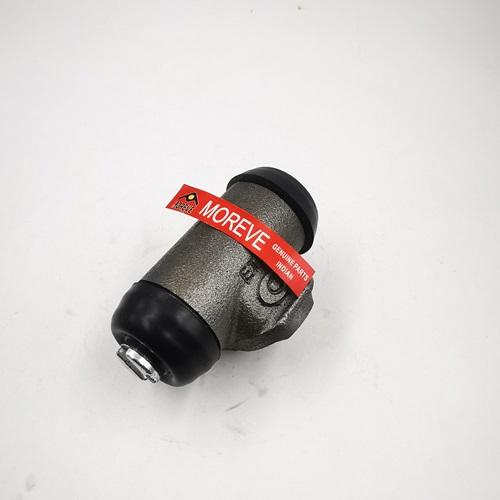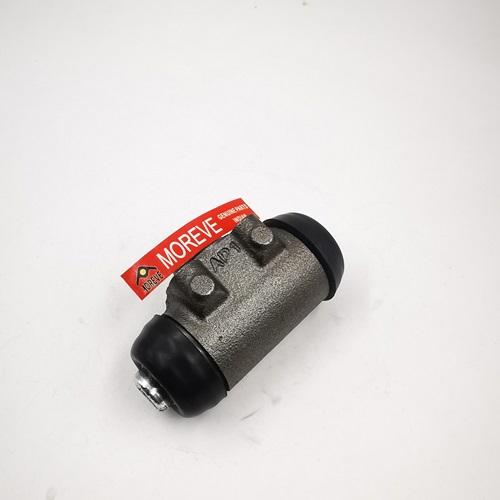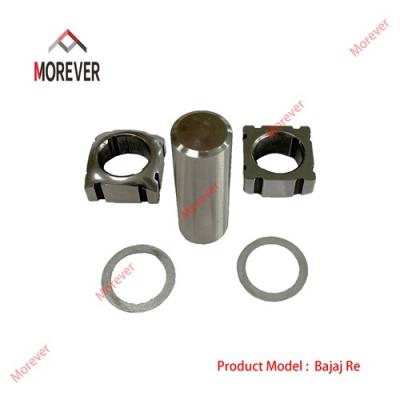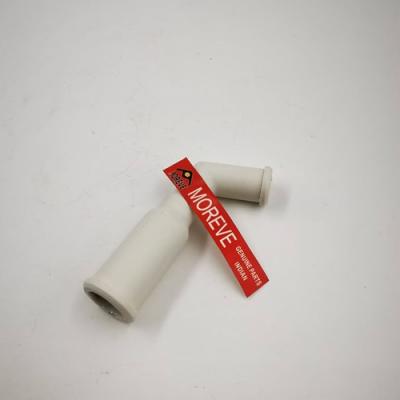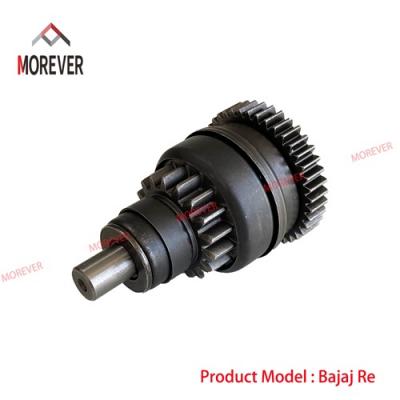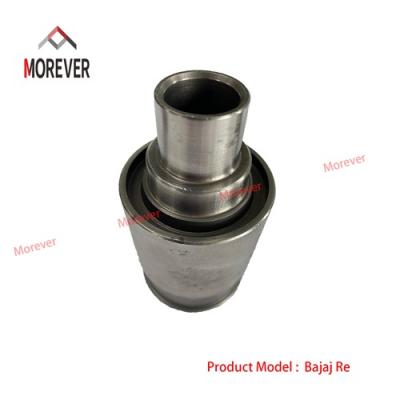Products name: Wheel brake cylinder Bs-4 Bs-6
Model: Bajaj Re
Brand: Morever
Material: Cast Iron cylinder and EPDM rubber seals
Days of Delivery: 30 days
Quality: A+ grade
Guarantee: 3 months after fixing
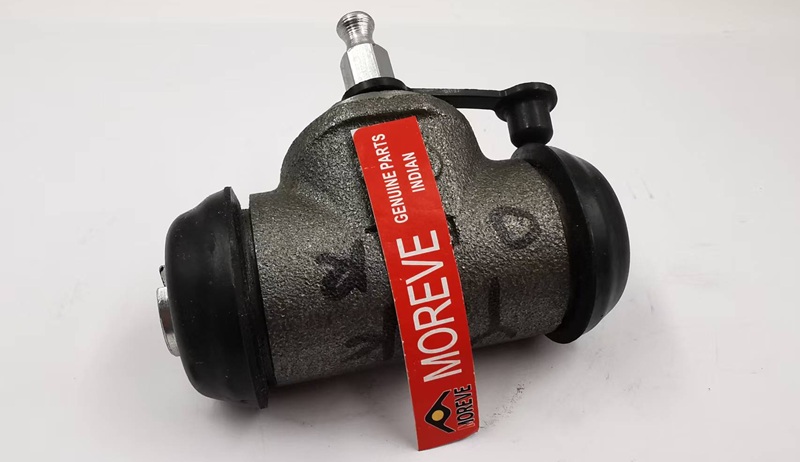
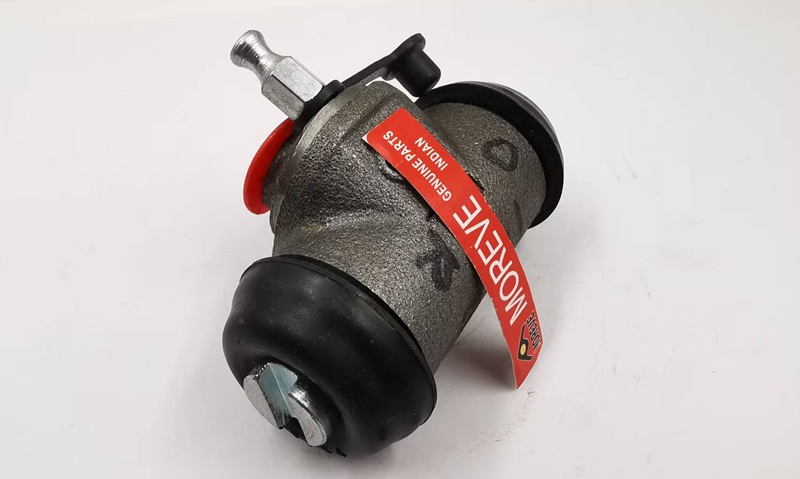
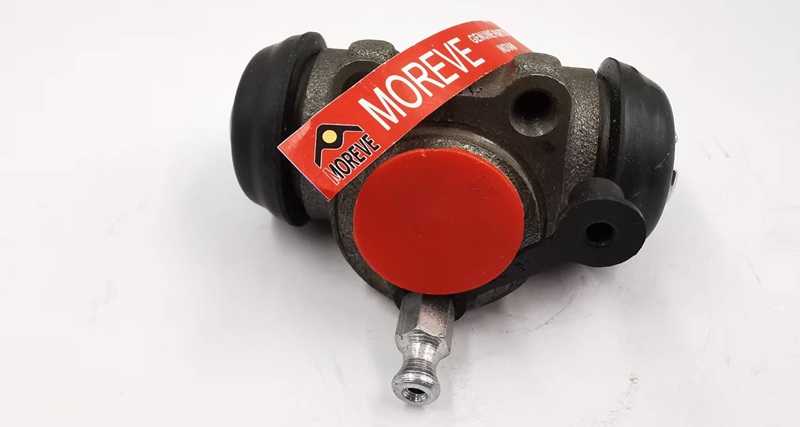
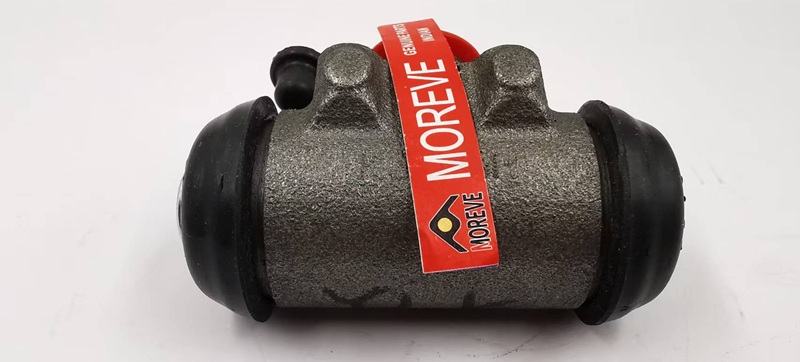
Main components of Bajaj Re wheel brake cylinder
The bajaj Re Bs-4 or Bs-6 wheel brake pump, including cylinder body, Piston, Seal rings, Dust boot, bleeder screw, and some other small components. Cylinder Body, Usually made of cast iron, aluminum alloy or high-strength plastic, with corrosion resistance and high pressure resistance. The wheel brake pump of Bajaj Re three wheeler taxi normally used cast iron to produce the cylinder body as it is economic material and strong enough for small displacement vehicles ; The piston moves under the action of hydraulic pressure to push the brake pads to contact the brake disc. Usually made of steel, aluminum alloy or ceramic, the surface is hardened to improve wear resistance. Seal Ring is used to prevent hydraulic oil leakage and help the piston return to its position. Usually made of oil-resistant and high-temperature resistant rubber or polyurethane materials. The dust boot covers the outside of the piston to prevent dust, dirt and moisture from entering the cylinder body, Usually made of rubber or synthetic materials, with good elasticity and weather resistance. The bleeder screw is used to exhaust the air in the brake system to ensure smooth flow of brake fluid. Usually made of steel or brass, with corrosion resistance. Cylinder body, piston and seal rings are the most important component of the wheel brake pump.
How to check the quality of Bajaj wheel brake cylinder
The quality of the bajaj re or tvs king three wheeler taxi brake wheel cylinder (brake caliper) needs to be comprehensively evaluated from multiple aspects such as appearance, performance, sealing, and durability.
1. Appearance inspection. The cast iron wheel cylinder focuses on checking whether the surface is smooth, whether there are sand holes, cracks or casting defects. The aluminum alloy wheel cylinder observes whether there is an oxide layer (anodized treatment is more corrosion-resistant) and whether the surface is uniform and burr-free. Piston, check whether it is smooth and rust-free (plating or stainless steel material is better). Check whether there is an anti-rust coating (such as galvanizing, spray painting) to avoid rust and jamming after long-term use.
2. Sealing inspection. Piston sealing, press the piston by hand, and the rebound should be smooth and without jamming (poor rebound may cause aging or damage of the sealing ring). Use compressed air (low pressure) to push the piston and observe whether there is air leakage (need to cooperate with soapy water detection). Oil circuit sealing, exhaust the brake system after installation, and observe whether there is oil leakage at the wheel cylinder interface and piston. Poor-quality wheel cylinders may leak oil under high pressure, affecting the braking effect.
Inspection points of brake cylinders
|
Key points |
standards |
Unqualified performance |
|
Appearance |
No cracks, burrs, clear markings |
Casting defects, severe rust |
|
Sealing |
No oil leakage, air leakage, smooth piston |
rebound Piston stuck, oil leakage |
|
Braking force |
Braking linear, no biased braking |
Uneven braking force, soft brakes |
|
High temperature resistance |
No deformation after continuous braking |
Piston stuck, wheel cylinder deformation |
|
Durability |
No oil leakage, rust after in short time life |
Seal ring aging, piston rust |
Common problems and solutions of brake wheel cylinder
1. The brake cylinder is leaking oil. The external manifestations include soft brakes, reduced braking force, rapid drop in the brake oil level, and oil stains inside the wheel or around the brake caliper. Possible reasons include damage to the piston seal of the cylinder or poor sealing of the cylinder body for various reasons, or loose drain screws and oil pipe joints.
The solution is to replace the cylinder seal if it is a minor leak, replace the entire brake cylinder if the cylinder body is severely corroded, check and tighten the oil pipe joints, and replace the copper gasket if necessary.
2. The piston of the brake cylinder is stuck and does not return to its position. The specific manifestations are abnormal heating of the rear wheel when braking, abnormal driving speed when refueling, severe wear on one side of the brake pad, and vehicle deviation or brake drag. The main reasons may be that the piston is stuck due to rust or excessive dust, the piston is not moving smoothly due to dirty brake oil, and the return spring is damaged.
The solution is to disassemble the cylinder, clean the piston and lubricate it with special brake grease. Replace the brake oil and exhaust the air in the system. If the piston is severely corroded and cannot be repaired, replace the cylinder assembly.
3. The brake cylinder makes abnormal noise. It is manifested as abnormal metal friction sound when braking, and there is also abnormal noise when driving at low speed. Possible reasons include: the brake pad is severely worn and cannot be used anymore, and the normal alarm sound is emitted. The guide pin of the cylinder is not lubricated enough, resulting in the normal return of the brake pad. Or the piston cannot return, resulting in the continuous abnormal contact between the brake pad and the brake disc. The solution is as follows: Check the thickness of the brake pad, and replace it if it is too thin. Lubricate the guide pin with high temperature resistant grease. Finally, check whether the piston returns normally, and replace it if necessary.
Materials and characteristics of brake cylinder piston seals
Ethylene propylene diene monomer (EPDM). Applicable temperature -40°C ~ +150°C, suitable for brake fluid (DOT3/4/5.1) and ozone resistance, good elasticity and long service life. Nitrile rubber (NBR). Excellent oil resistance, suitable for mineral oil-based brake fluids such as DOT3 and DOT4. Applicable temperature -30°C ~ +120°C, low cost, but ozone resistance and aging resistance are not as good as EPDM. Fluororubber (FKM). Applicable temperature -20°C ~ +250°C, up to 300°C for a short time, corrosion resistance, chemical solvent resistance including synthetic brake fluid DOT5.1 and silicone-based oil DOT5. Good wear resistance, long service life, but higher price, usually suitable for high-performance cars, racing cars or modified brake systems.
Distributor comments
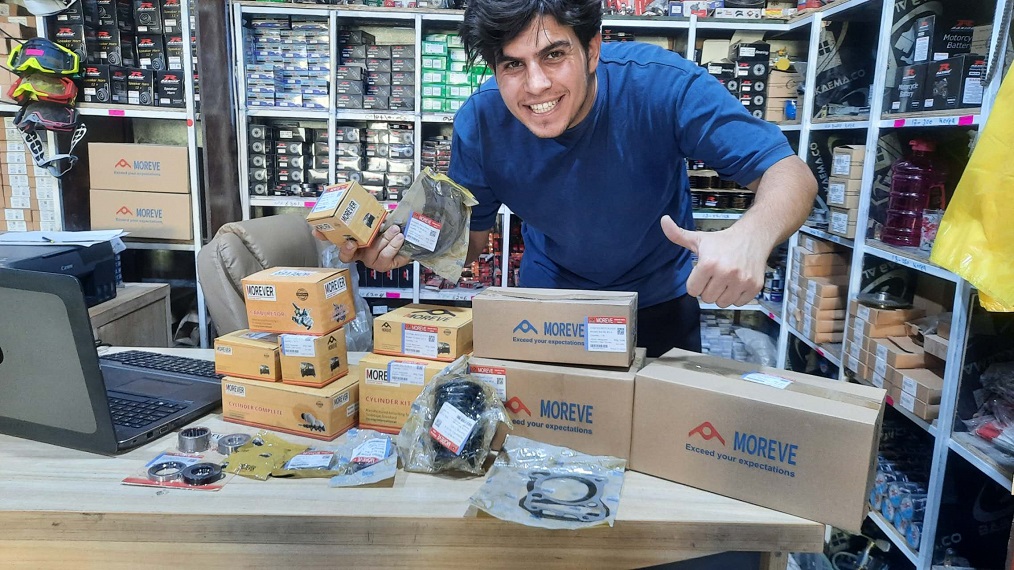
Our Warehouse and Office



